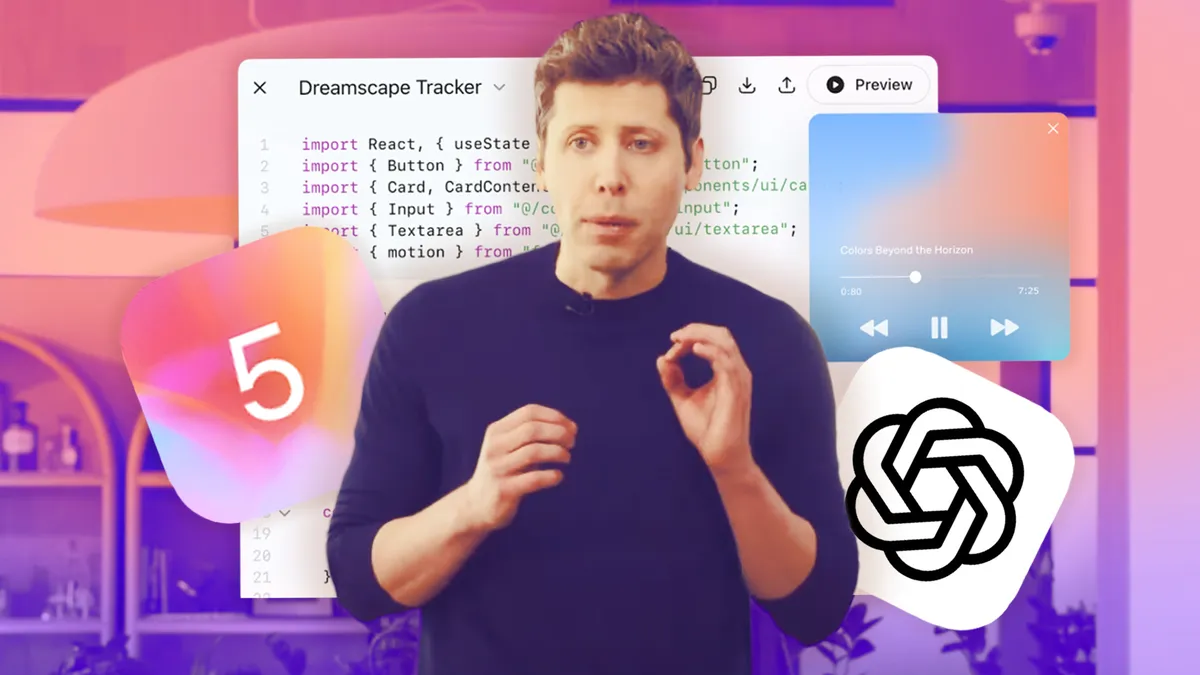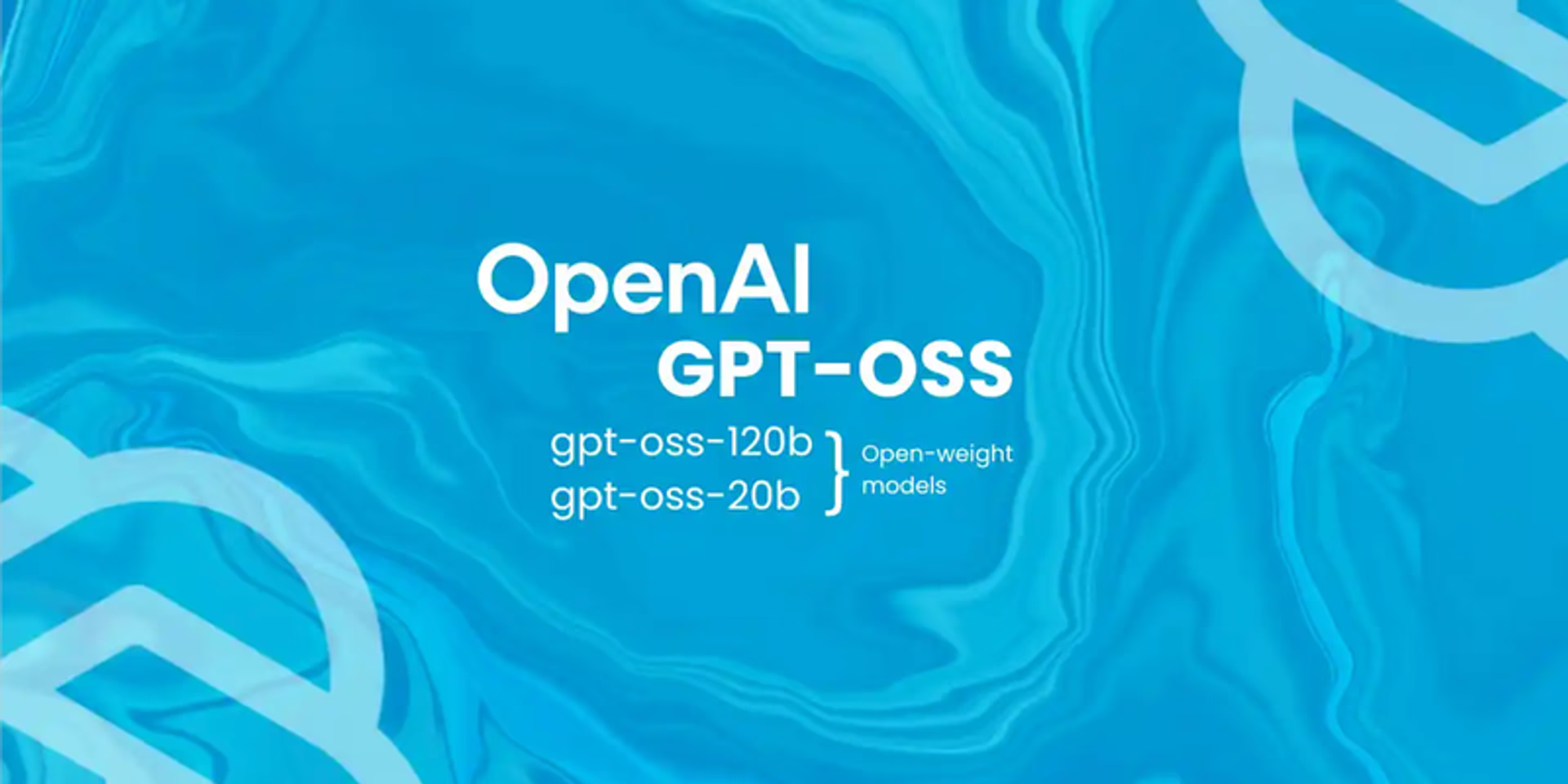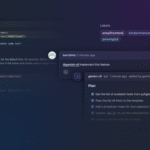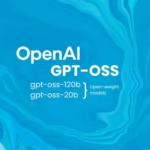OpenAI has officially introduced GPT-4.1, a significant stride forward in the realm of large language models. This latest release not only surpasses its predecessor GPT-4o in performance benchmarks but introduces powerful capabilities that drastically enhance real-world applicability—from sophisticated coding support to unrivaled context window expansion.
By embedding more human-aligned instruction following and multi-modal comprehension into a vastly scaled architecture, GPT-4.1 aims to set a new industry standard for versatile AI deployment.
The Dawn of the Million-Token Era
Arguably the most headline-grabbing feature of GPT-4.1 is its unprecedented 1 million token context window. This technological feat allows the model to maintain coherence across vast stretches of content, enabling deeper understanding and manipulation of full-length books, intricate codebases, and extensive multimedia interactions.
To put this into perspective: GPT-4o capped out at 128K tokens—an impressive threshold in its time, but a fraction of what GPT-4.1 can now handle. This quantum leap translates to drastically fewer context drops and higher reliability in handling layered, complex tasks over long sessions.
On the Video-MME benchmark, which tests long-context comprehension without subtitles, GPT-4.1 outperformed its predecessor with a 72.0% score, marking a 6.7% improvement over GPT-4o—a testament to its mastery over difficult, real-world inference challenges involving audio-visual understanding.
Significant Improvements in Coding Capabilities
GPT-4.1’s new architecture delivers state-of-the-art results in coding performance, a domain critical to modern AI deployment. On the rigorous SWE-bench Verified benchmark, the model scores 54.6%, marking a 21.4 percentage point jump from GPT-4o, and a 26.6 point leap over GPT-4.5.
This level of performance means that GPT-4.1 can autonomously solve real GitHub issues using natural language, significantly easing the software development lifecycle for engineers and accelerating code generation, debugging, and review processes.
OpenAI has also introduced the Codex CLI, a developer-friendly open-source assistant tightly integrated with GPT-4.1. This tool enables command-line interactions that translate natural language prompts into functional, context-aware code—lowering the barrier to entry for software development.
Instruction Following at New Heights
OpenAI has refined GPT-4.1’s ability to follow instructions with a nuanced understanding of user intent. On Scale’s MultiChallenge benchmark, it scores 38.3%, which represents a 10.5-point absolute gain over GPT-4o. This progress reflects not just a performance upgrade but a qualitative shift in how the model interprets and executes user inputs—making it more robust in enterprise use-cases that demand precision and reliability.
GPT-4.1 is now more capable of parsing nested prompts, conditional logic, and sequential commands with fewer repetitions or clarifications required—an advancement that will likely reduce cognitive overhead for both developers and end users.
Mini and Nano: Expanding Access and Use Cases
Understanding the diverse needs of developers and enterprises, OpenAI has rolled out two additional variants of the model:
GPT-4.1 Mini
Designed for efficiency and performance balance, GPT-4.1 Mini delivers results comparable to GPT-4o but with significantly reduced latency and cost:
- 50% lower latency
- 83% reduction in cost
This makes it ideal for applications where speed and affordability are crucial—like real-time chat systems, mobile apps, and embedded AI agents.
GPT-4.1 Nano
As the lightest model in the GPT-4.1 family, Nano targets ultra-low-latency environments such as voice assistants, IoT devices, and edge computing. Despite its compact size, it still retains the one million token context capacity and delivers competitive benchmark results:
- 80.1% on MMLU
- 50.3% on GPQA
- 9.8% on Aider polyglot coding
This performance exceeds GPT-4o Mini and ensures that even lightweight deployments can access robust AI capabilities.
Real-World Implications: Developers, Enterprises, and Beyond
GPT-4.1’s release isn’t just a technological flex—it’s a strategic advancement toward making high-performance AI more accessible, cost-efficient, and versatile across a variety of sectors.
With these improvements, developers can build smarter AI agents capable of:
- Parsing dense technical documentation or financial records with minimal hallucination.
- Acting as interactive tutors, legal assistants, or medical advisors using multimodal data.
- Serving in customer support, product recommendation, or creative writing roles with higher consistency and contextual memory.
Enterprises benefit from tighter feedback loops, reduced infrastructure overhead (thanks to Mini and Nano), and the confidence that they’re operating on the most advanced AI foundation currently available.
Migration from Legacy Models
To streamline its offerings, OpenAI is deprecating several earlier models:
- GPT-4 in ChatGPT will be phased out by April 30, 2025
- GPT-4.5 Preview will be sunset by July 14, 2025
These transitions reflect OpenAI’s prioritization of models that deliver better performance with less cost, and they encourage users to migrate to GPT-4.1 for sustained support and feature access.
Access and Deployment
GPT-4.1 is now live on OpenAI’s platform, and developers can start building with it through the API or directly in ChatGPT. For a limited time, access is available free of charge via Windsurf until April 21, 2025, offering developers a zero-risk opportunity to trial the model’s full capabilities.
As OpenAI continues to iterate at breakneck speed, GPT-4.1 serves not just as a new chapter—but as a clear signal that long-context AI, efficient inference, and real-world utility are no longer theoretical aspirations, but fully realized tools shaping the future.
For further technical details, you can explore the full GPT-4.1 announcement here.









